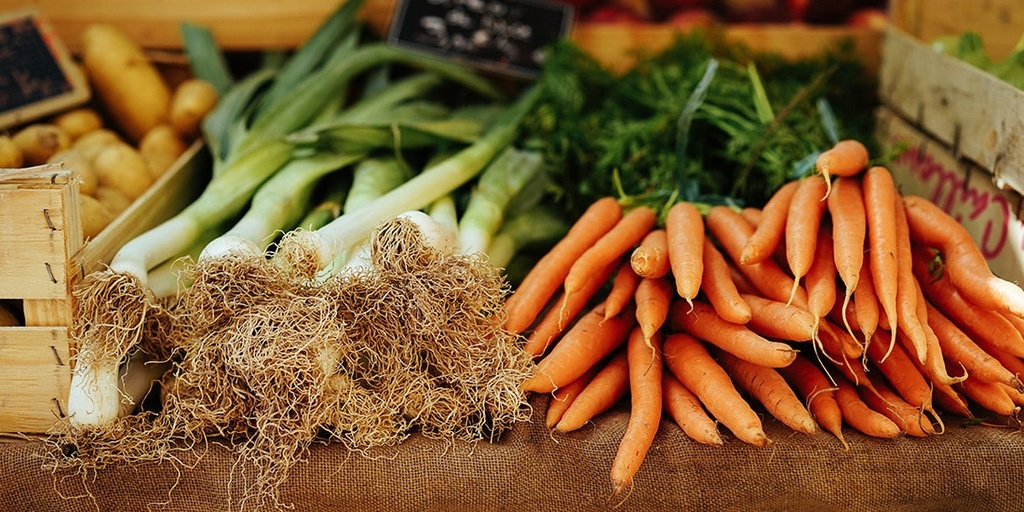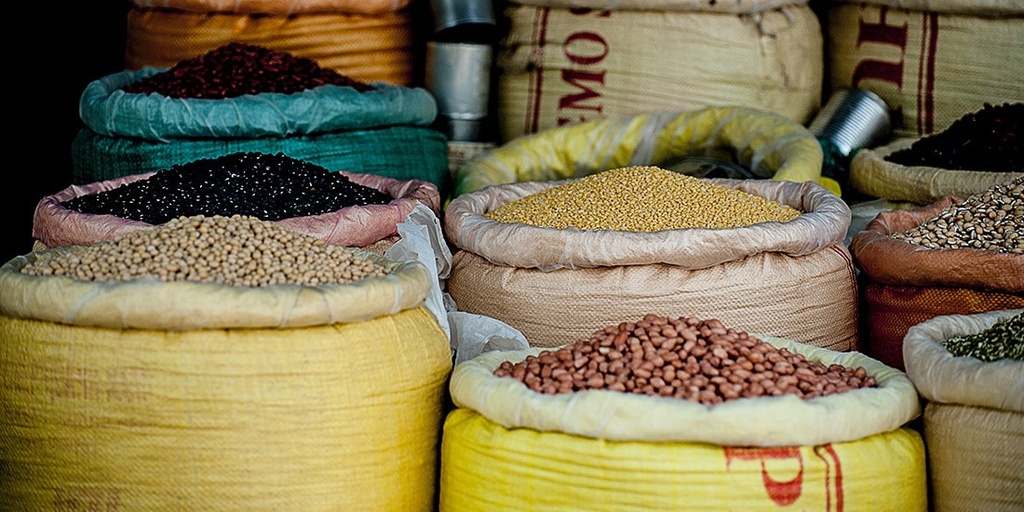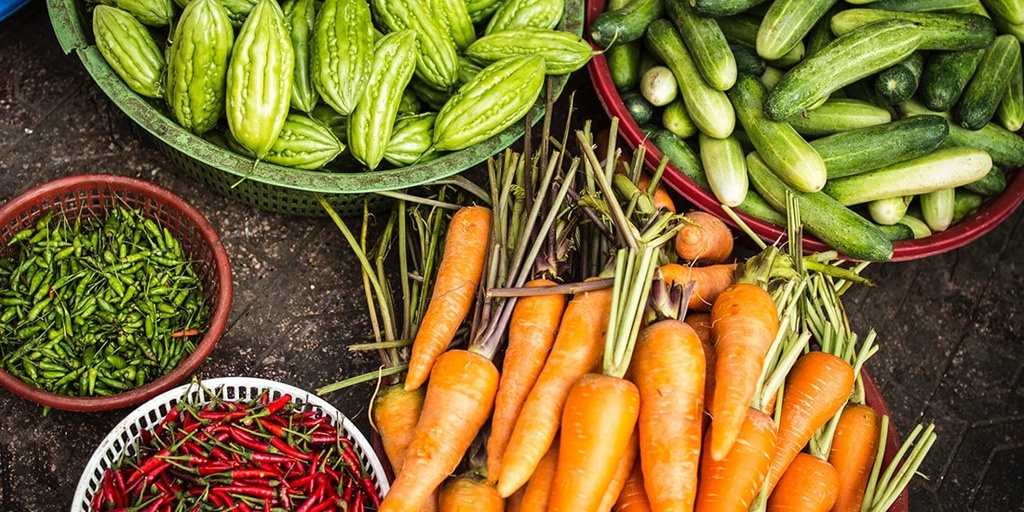Buy from regenerative farms
- Earth Points
- 30
- Ease
- Ambitious

Photo by Peter Wendt on Unsplash
Description
Regenerative agriculture is a holistic land management practice that leverages the power of photosynthesis in plants to close the carbon cycle, build soil health, crop resilience, and nutrient density. Besides being a more sustainable and low-pollution approach, the best part of buying from regenerative farms is the food is generally fresher and tastes better!
Conventional wisdom has long held that the world cannot be fed without chemicals and synthetic fertilizers (made from oil). However, science is pointing to a better approach. The world can only be fed if the soil is fed. Regenerative agriculture enhances and sustains the health of the soil by restoring its carbon content, which in turn improves productivity.
Due to traditional farming techniques, it is estimated that at least 50 percent of the carbon in the soil of our flying space rock home has been released into the atmosphere where it does no good. Bringing that carbon back home through regenerative agriculture is one of the greatest opportunities to address human and climate health and farmers' financial well-being.
Regenerative agricultural practices include:
-
No tillage — no loss of carbon into the air and burning of fossil fuels to work the land.
-
Diverse cover crops — sucks carbon into the soil.
-
No pesticides or synthetic fertilizers and multiple crop rotations — avoids products derived from oil and chemicals leaking into the land.
This helps vital microbes proliferate, roots to go deeper, improve nutrient uptake, pest-resistant plants, and increase soil fertility. All that means better-tasting and more nutritious food for you!
And the good news is that public pressure is starting to sway companies to adopt more regenerative practices for their products. According to this article, Nescafé is moving towards ensuring half of its coffee is produced regeneratively by 2030. Not perfect, but a move in the right direction.
Tips
• Find a farm near you here to buy from. A good starting place is the Regeneration International map. You can search generally or specifically by the type of foods you are interested in.
• There are gaps in the map coverage, so you may need to dig a little deeper to find good options in your area. Asking around your area or searching online can hopefully fill the gap. If you do find a good spot, consider getting it added to the Regeneration International map.
• The tricky part of buying from a regenerative farm is the convenience, depending on how close you are and the timing of what is in season. Check out websites, sign up for farm newsletters, and ask if they take part in local markets or sell to stores in your area.
• Give it a try, figure out what works for you transportation-wise (hopefully not by burning up a lot of pollution to get there), and over time, figure out how to bring more sustainable food into your diet.

